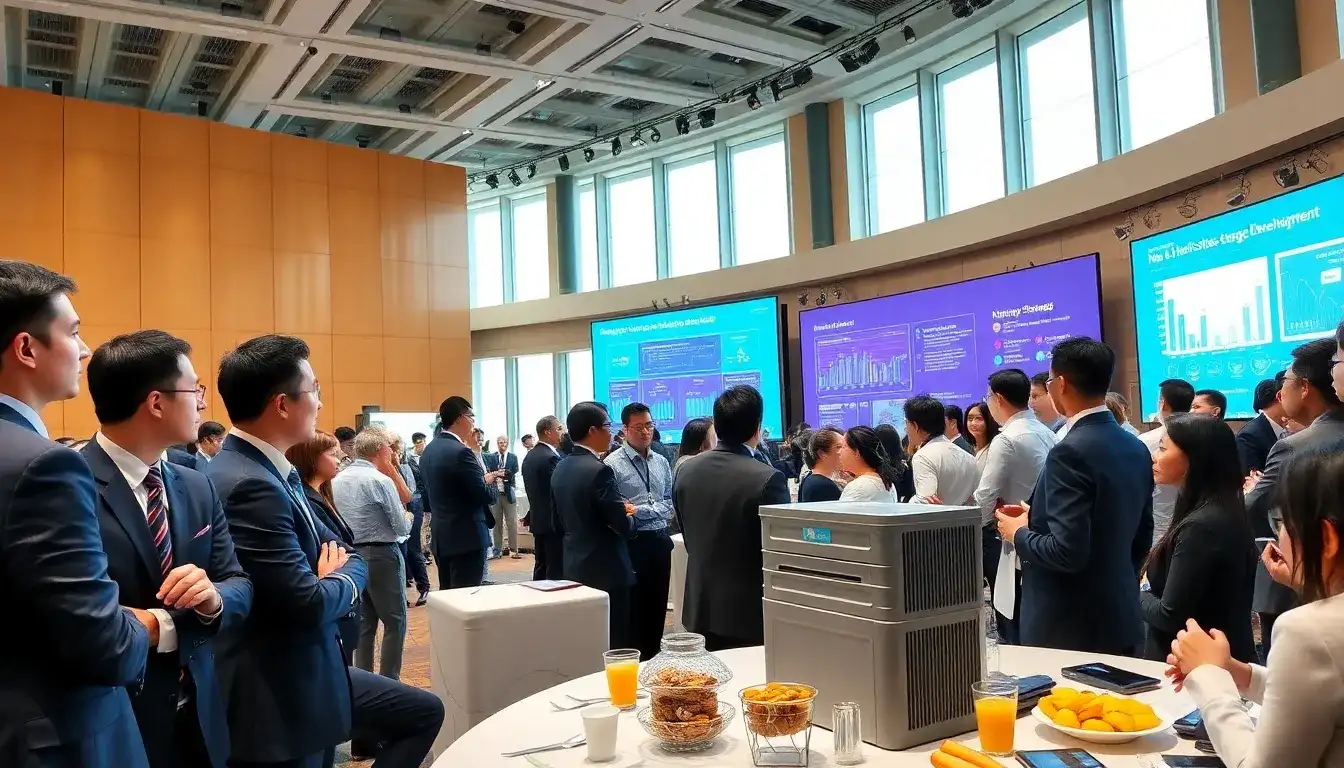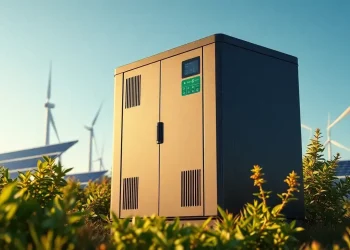
On March 23, the 15th Energy Storage Conference and Exhibition, organized by the China Chemical and Physical Power Industry Association and supported by over 500 institutions, was held at the Hangzhou International Expo Center.
Themed “Green, Intelligent, Integrated, and Innovative,” the event provided a platform to extensively discuss the opportunities and challenges facing the energy storage industry, as well as key issues of focus.
During the exhibition, over 300 companies showcased energy storage products, including system integration, lithium-ion batteries, sodium-ion batteries, flow batteries, solid-state batteries, power conversion systems (PCS), battery management systems (BMS), containers, fire safety equipment, certification, flywheel energy storage, molten salt heat storage, compressed air energy storage, vehicle-to-grid interaction, virtual power plants, and comprehensive new energy storage solutions.
In recent years, China’s energy storage industry has experienced rapid growth. According to incomplete statistics from the Energy Storage Application Branch of the China Chemical and Physical Power Industry Association, in 2024, China is expected to add 42.46 GW/109.58 GWh of new energy storage installations, accounting for over 60% of the global total. This represents a year-on-year increase of 99.17% in power and 129.56% in capacity. By the end of 2024, the cumulative installed energy storage capacity in China is projected to reach 74.66 GW/176.45 GWh, reflecting a year-on-year growth of 131.86% in power and 163.8% in capacity, surpassing pumped hydro storage for the first time.
As of the end of 2024, nearly 30 provinces have announced their targets for the new energy storage industry chain and supply chain, aiming for a combined output value exceeding 2 trillion yuan by 2025. By 2027, the target is expected to approach 3 trillion yuan, and by 2030, it could reach nearly 4 trillion yuan.
Sun Ying, deputy director of the Energy Research Institute at the China Macro Economy Research Institute, noted that the Chinese energy storage industry has entered a phase of rapid development, with diverse technological routes and continually expanding application scenarios. In her view, lithium battery storage currently dominates the market, while technologies such as compressed air, flow batteries, and flywheels are being promoted more vigorously. Several large-scale projects in compressed air energy storage, flow battery storage, and flywheel storage are under construction, indicating a trend towards diversified energy storage technologies.
Wang Zesheng, secretary-general of the China Chemical and Physical Power Industry Association, emphasized that the development of China’s new energy storage industry has always resonated with national strategies. He stated that the industry is transitioning from “policy-driven” to “innovation-driven” and from “scale expansion” to “quality and efficiency first.” The construction of new energy storage power stations must consider the current state of provincial grid frameworks, regulation capabilities, and absorption capacity, aiming to optimize comprehensive costs, regulatory capabilities, and absorption capacities through systemic and collaborative thinking to overcome developmental obstacles.
It is noteworthy that the National Development and Reform Commission and the National Energy Administration recently jointly issued a notice on deepening the market-oriented reform of renewable energy grid tariffs to promote high-quality development in the sector. This notice emphasizes the importance of maintaining a market-oriented approach, ensuring that renewable energy enters the power market, and establishing a pricing mechanism for sustainable development while stabilizing revenue expectations for existing projects.
According to Gao Xiubing, executive president of Nandu Power, these reforms will enhance the marketization of the renewable energy sector, facilitate efficient resource allocation, support high-quality development in the industry, and create new opportunities for the energy storage sector.







